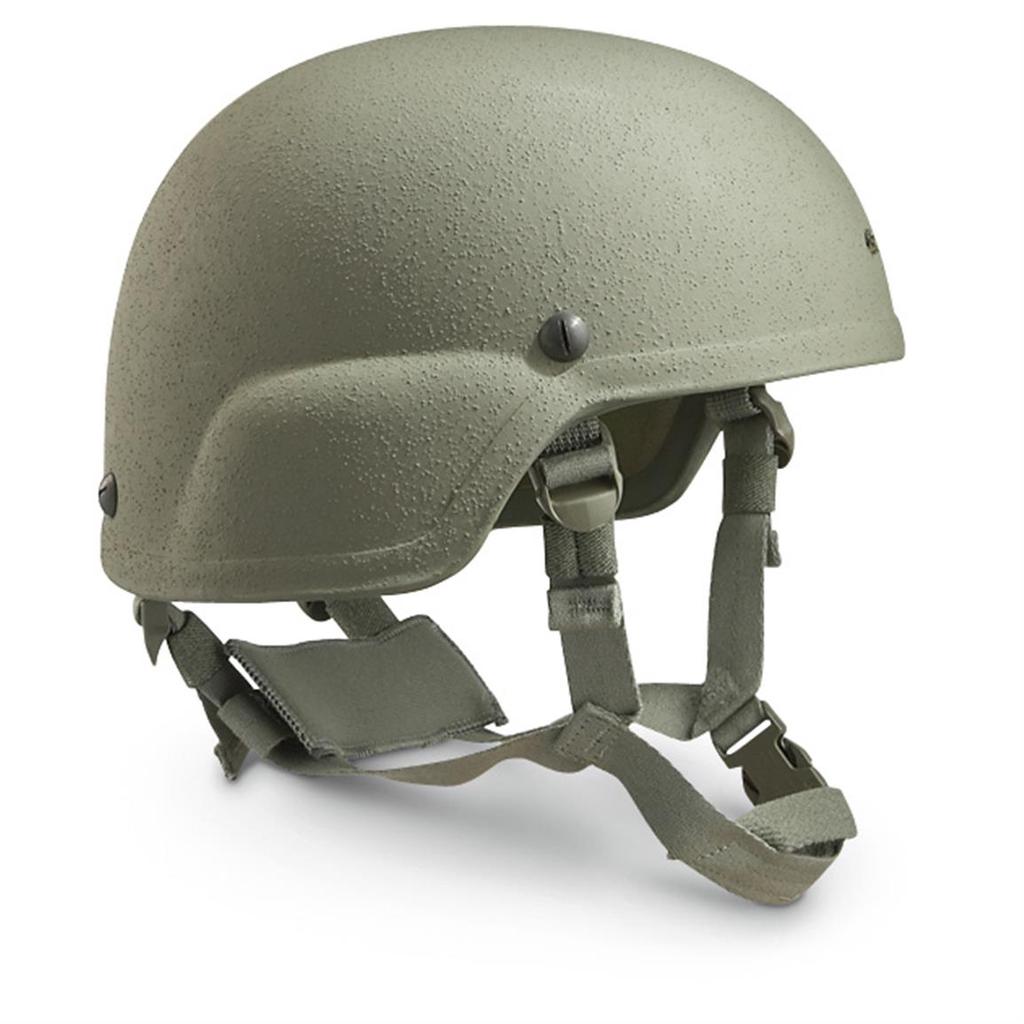
The modern-day U.S. Advanced Combat Helmet is standard issue for American army troops. [McGuire Army & Navy]
The biomedical engineers from Duke University in Durham, N.C., hope the results of their study will inform future helmet designs, making them more protective, particularly against shockwaves, known as primary blasts.
“Major improvements made in helmet technology to increase ballistic protection do not provide the same increase in blast protection,” the study concludes.
The four-member research team tested authentic First World War variants from Britain and the United States (whose headwear was known as the Brodie, also worn by Canadian troops), France (Adrian), Germany (Stahlhelm), and the current American Advanced Combat Helmet.

The French Adrian helmet performed better than any of the headgear in some measures. [Wikimedia]
A bare-headed test was also conducted.
The team then generated primary blast waves of different magnitudes based on estimated blasts from historical shells. Peak reflected overpressure at the open end of the blast tube was compared to measurements at several head locations.
“All helmets provided significant pressure attenuation compared to the no-helmet case,” said their paper, published Feb. 13 in the online journal Plos One. “The modern variant did not provide more pressure attenuation than the historical helmets, and some historical helmets performed better at certain measurement locations.
“The study demonstrates that both historical and current helmets have some primary blast protective capabilities, and that simple design features may improve these capabilities for future helmet systems.”

From the Great War on, military helmets have been designed primarily to protect against shrapnel. More recently, the scientists point out, helmets have included ballistic and blunt trauma protection, but neurotrauma from primary blasts has never been a key concern in helmet design.
“Only in recent years has the threat of direct blast wave impingement on the head—separate from penetrating trauma—been appreciated,” they wrote.
Helmets were not standard military equipment when the First World War erupted in 1914. Most headwear at the time consisted of cloth, such as the French Kepi, or leather, like the German Pickelhaube. They didn’t protect from blasts, shrapnel or ballistic impacts.
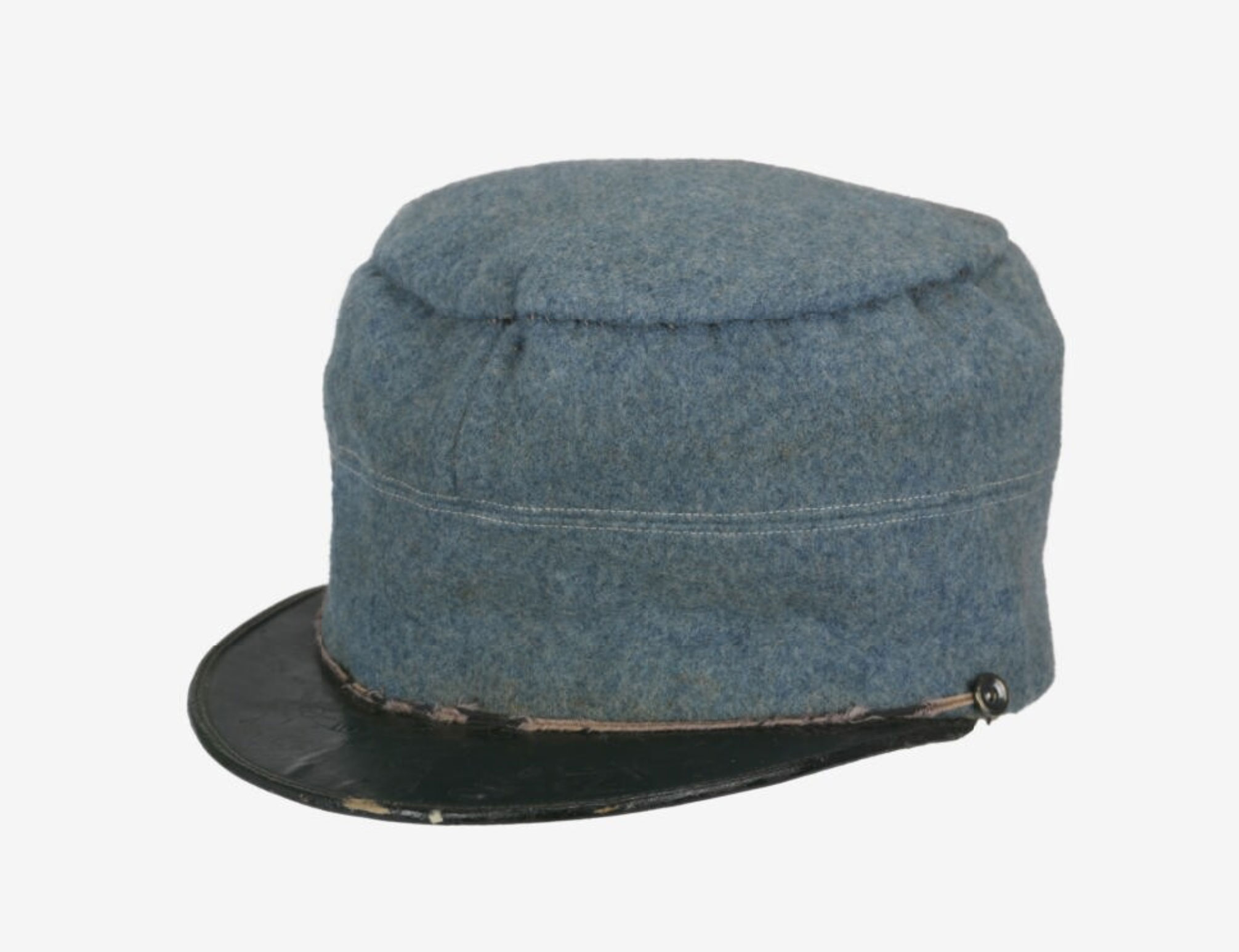
French troops were issued the fabric Kepi at the outset of the war. It was replaced by the Adrian helmet in 1915. [IWM-12455]
France first equipped soldiers with steel helmets in 1915. They were named for their creator, General August-Louis Adrian.
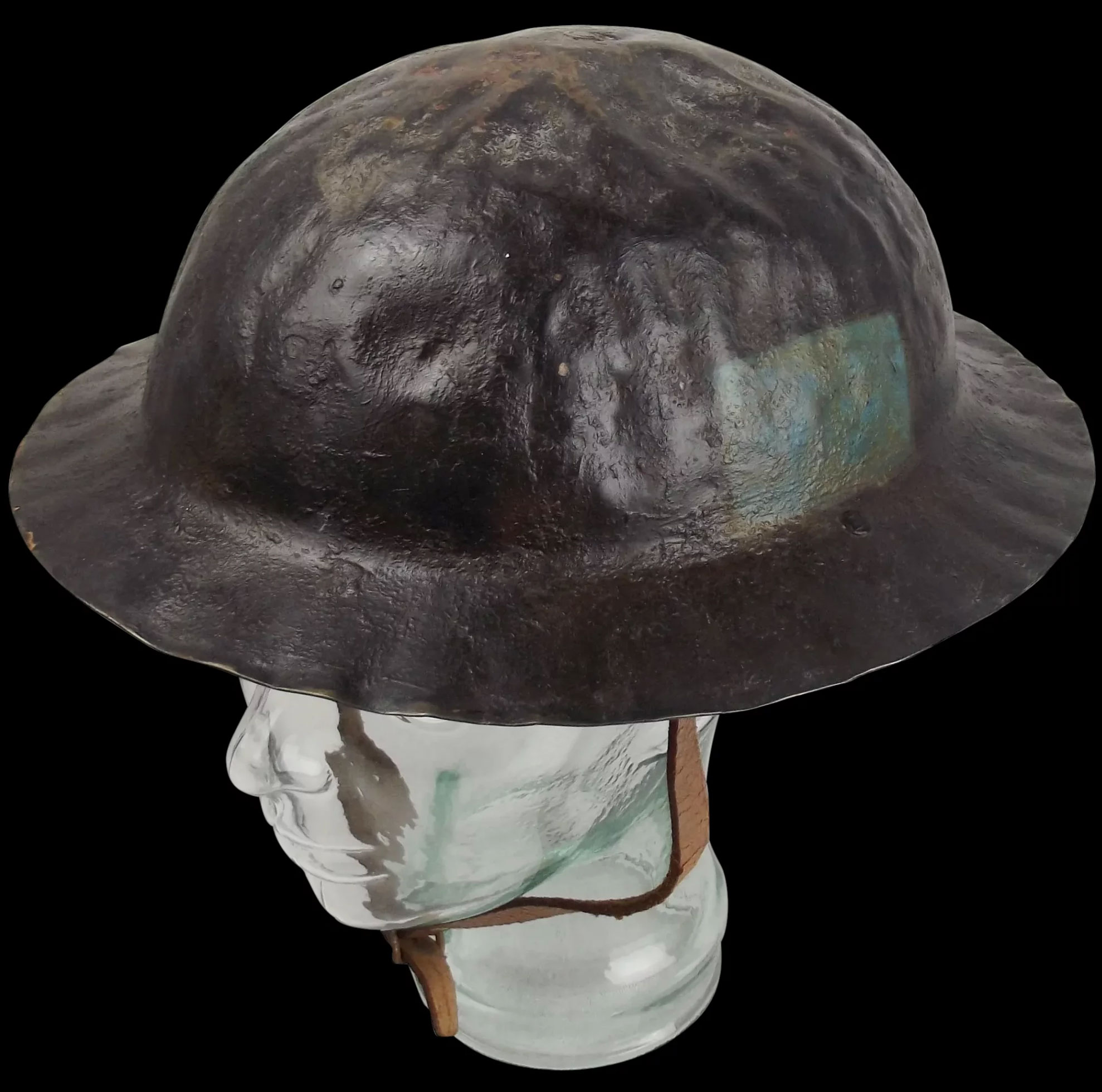
The British-designed Brodie helmet was designed for effectiveness and mass production and worn by British, American and Canadian troops. [RubyLane]
The Germans tested the Allied helmets extensively, then distributed their own Stahlhelm (steel helmet) in early 1916.
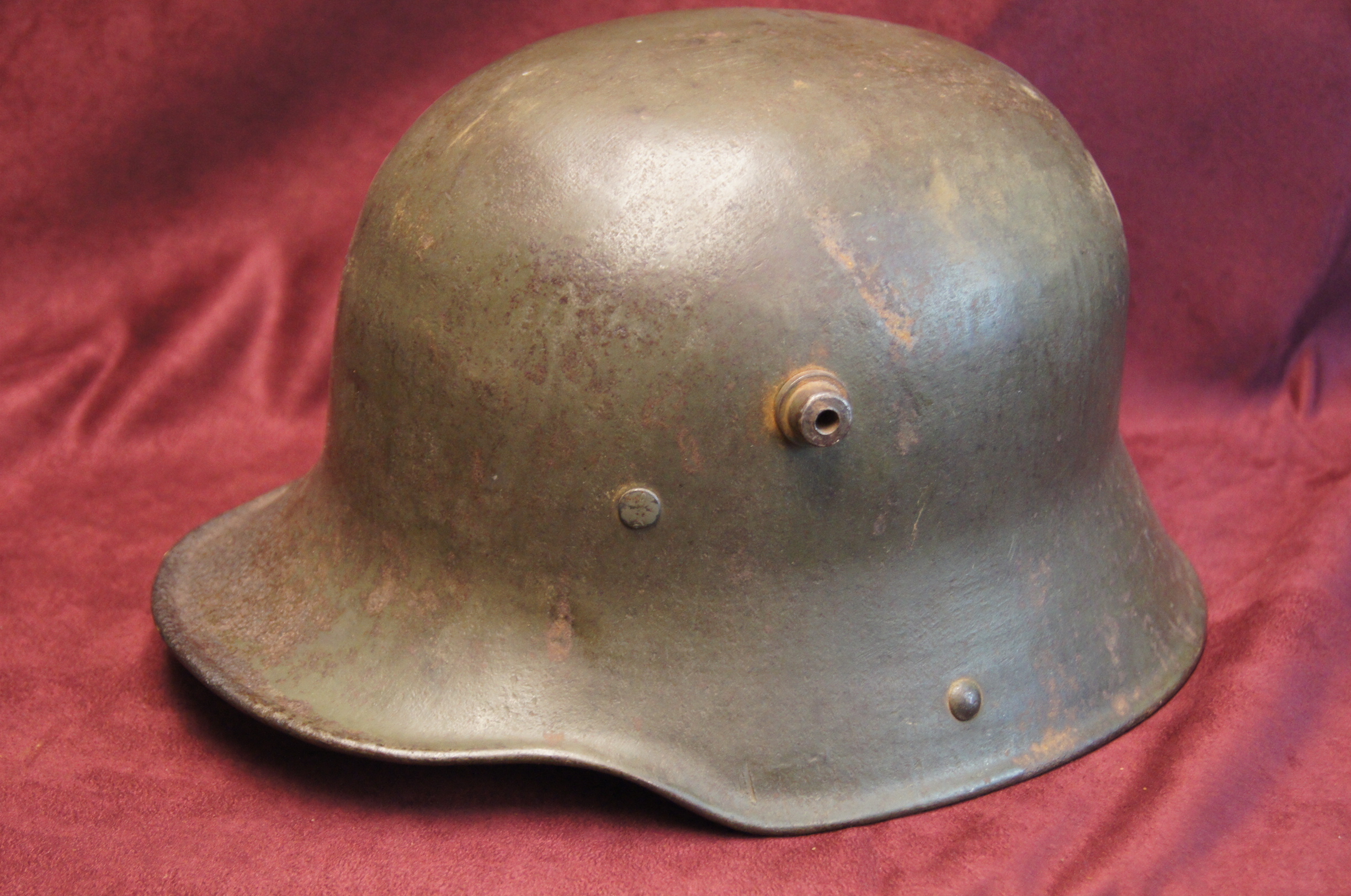
The German 1916 Stahlhelm helmet was designed after existing Allied versions were assessed. [War Relics]
The phenomenon has not subsided. To the contrary, the trend in blast-related casualties in wartime has been upward ever since the 1914-18 conflict. The researchers reference one study that reported 78 per cent of all casualties in Iraq between 2001 and 2005 were caused by explosions.
A 2008 study found more than 15 per cent of U.S. infantry returning from Iraq suffered some form of mild traumatic brain injury, known as mTBI, an insidious form of brain trauma that can cause functional brain changes over time.
“No current fielded helmet system has been specifically designed for blast protection,” wrote the Duke team, “though careful studies suggest that modern helmets have a degree of blast protective effects.”
The issue was thrust into the headlines recently when it was revealed that more than 100 American troops were withdrawn from the Iraq theatre with varying degrees of brain injury caused by an Iranian missile attack on their base in January. Twenty-one of the troops were sent home.
The scientists’ contention that TBI and mTBI have been understudied and under-appreciated in the military context for more than a century was brought home when U.S. President Donald Trump dismissed the wounds caused by the Iranian attack as “headaches.”
The Duke researchers could find no record of helmet shockwave testing in the scientific literature. They believe their study is “the first to assess the protective capabilities of these historical combat helmets against blast.”
“Brain injury due to primary blast was first recognized around the same time these helmets were being developed and primary blast is now a generally recognized mechanism of injury to the brain,” they wrote. “This study is an investigation into whether improvements have been made in combat helmet primary blast protection or if there is a lesson to be learned from these 100-year-old designs.”
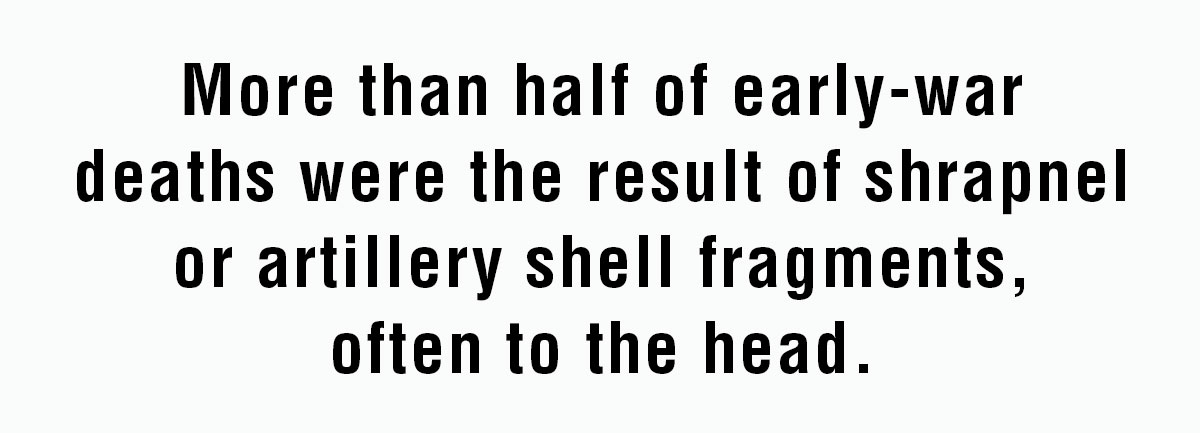
The results suggest there is.
The blast tests found that, bareheaded, the risk for mild, moderate and severe bleeding of the tissue surrounding the brain was in the 50 per cent range. All helmets subjected to the same blast conditions showed less than 10 per cent risk of moderate bleeding at the crown, with the Adrian helmet coming in at close to one per cent.
“Helmets provided more shock wave attenuation at lower pressure levels than at higher pressure levels,” the scientists observed, “suggesting that helmets might play an especially important role in protection against mild primary blast induced brain trauma.
“The effect of wearing a helmet, especially for short positive phase durations (0.5–5 milliseconds), is a significant reduction in risk of blast brain injury at the crown of the head for overhead blast scenarios.”
The results varied for other parts of the head and ears, depending on the shape of the helmets.
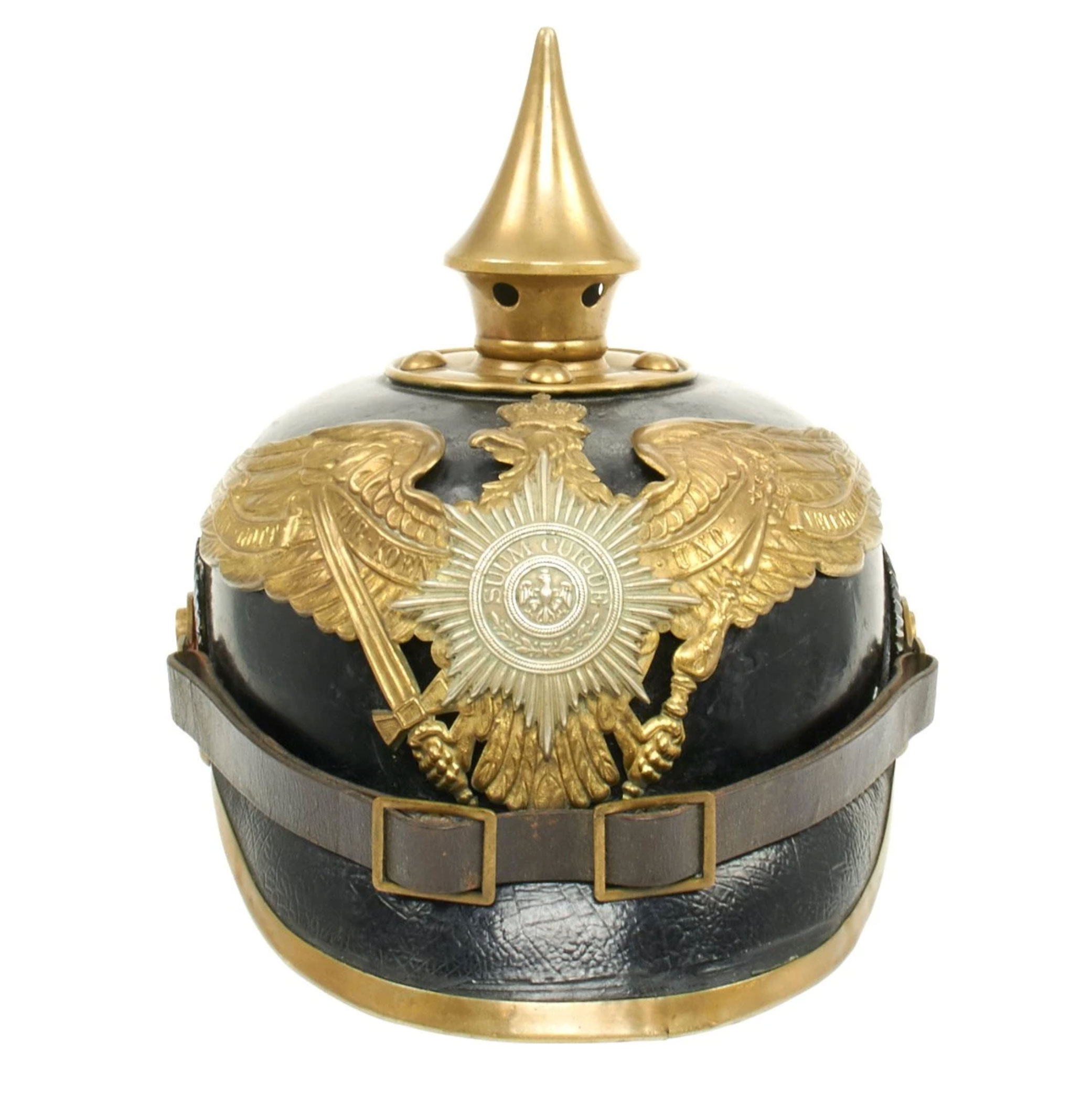
The German picklehaube was generally made of leather. [International Military Antiques]
“This result might stem from the deflector crest along the midline of the helmet,” they said. “Specifically added with overhead shrapnel in mind, this feature…could deflect the shock wave off to the side of the head, rather than allow shockwave impingement onto a more planar surface seen in the other helmets.
“The crest also provides an added first layer for shock wave reflection before reflecting a second time off the helmet itself.”
Further studies are needed, they said, to see if alterations of the helmets’ shapes or attachments may improve their protective capabilities against blast exposure.
“While ballistic protection provided by helmets has increased significantly since WW I and saved many lives, the results found here suggest that the [Advanced Combat Helmet] did not perform quantitatively or qualitatively better than the historical helmets, and performed worse than the Adrian helmet for overhead primary blast at the crown of the head,” the study found.
“In the future, helmet protection against primary blast might be improved by material choice, multiple material layers with different acoustic impedance, or the geometry of the helmet.”
The researchers note that their study focused on an overhead blast scenario.
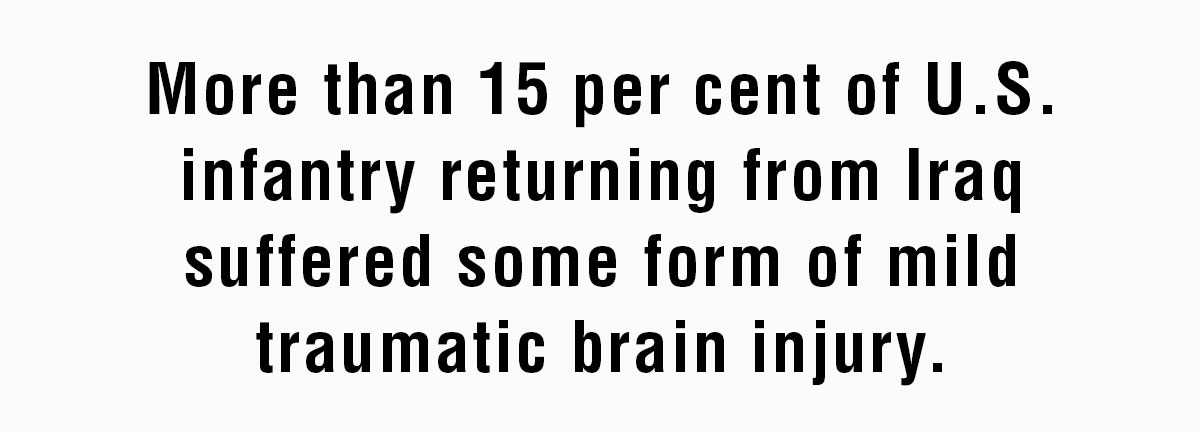
“While this would be an accurate approximation of blasts in trench warfare as in WW I or air bombings of soldiers in the field during major unit action, it would not be as applicable to other cases such as improvised explosive devices used as roadside bombs, a significant cause of injury and death in conflicts in Iraq and Afghanistan.”
Nor did the study consider the influences reflective surfaces could have on a blast’s impact. Also, the vintage helmets were more than a century old and, said the team, “their material properties might not be the same as they were originally.
“While properties of steel are relatively stable, the helmet linings may have degraded,” they wrote. “However, there is no guarantee that replicas would be identical copies of the original either, so this study stays as true to the original helmets as possible.”
The study draws one conclusion with certainty, however: a helmet is better than no helmet in a war zone.
Advertisement


















